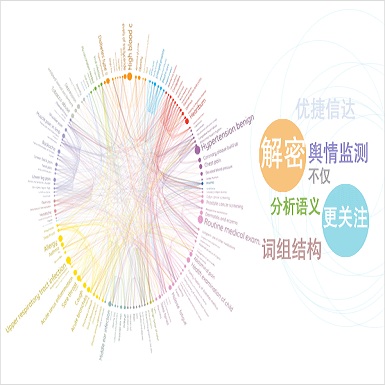Large language models can perform semantic parsing with little training data, when prompted with in-context examples. It has been shown that this can be improved by formulating the problem as paraphrasing into canonical utterances, which casts the underlying meaning representation into a controlled natural language-like representation. Intuitively, such models can more easily output canonical utterances as they are closer to the natural language used for pre-training. Recently, models also pre-trained on code, like OpenAI Codex, have risen in prominence. For semantic parsing tasks where we map natural language into code, such models may prove more adept at it. In this paper, we test this hypothesis and find that Codex performs better on such tasks than equivalent GPT-3 models. We evaluate on Overnight and SMCalFlow and find that unlike GPT-3, Codex performs similarly when targeting meaning representations directly, perhaps because meaning representations are structured similar to code in these datasets.
翻译:大语言模型可以使用少量培训数据进行语义分解,如果以文字内的例子来推动的话。已经表明,通过将问题表述为将参数转换成粗话,从而将基本含义表述转化为受控制的自然语言相似的表达方式,大语言模型可以用很少的培训数据进行语义分解。直观地说,这些模型可以更容易地输出粗话,因为它们更接近培训前使用的自然语言。最近,像 OpenAI Codex 这样的在代码上受过预先训练的模型也提高了亮度。对于我们将自然语言映入代码的语义分解任务,这些模型可能证明它更适合。在本文中,我们测试这一假设,发现 Codex在这类任务上的表现比同等的GPT-3 模型要好。我们评估过夜和SMCalFlow,发现与 GPT-3 和 SMCALFlow 相近,发现在直接针对表达方式上与GPT-3, codex 表现相似,也许因为意思表达方式的结构与这些数据集中的代码相似。




